Steel Markets

Housing Permits & Starts Growth Slowed Throughout 2013
Written by Peter Wright
January 18, 2014
The most significant observation about housing permits and starts in 2013 was how the growth rate of both single and multi-family slowed progressively during the year. The three month moving average (3MMA) of the year-over-year growth rate of single family declined from 29.6 percent in March to 10.8 percent in December as multi-family declined from 51.1 percent in February to 13.7 percent in December.
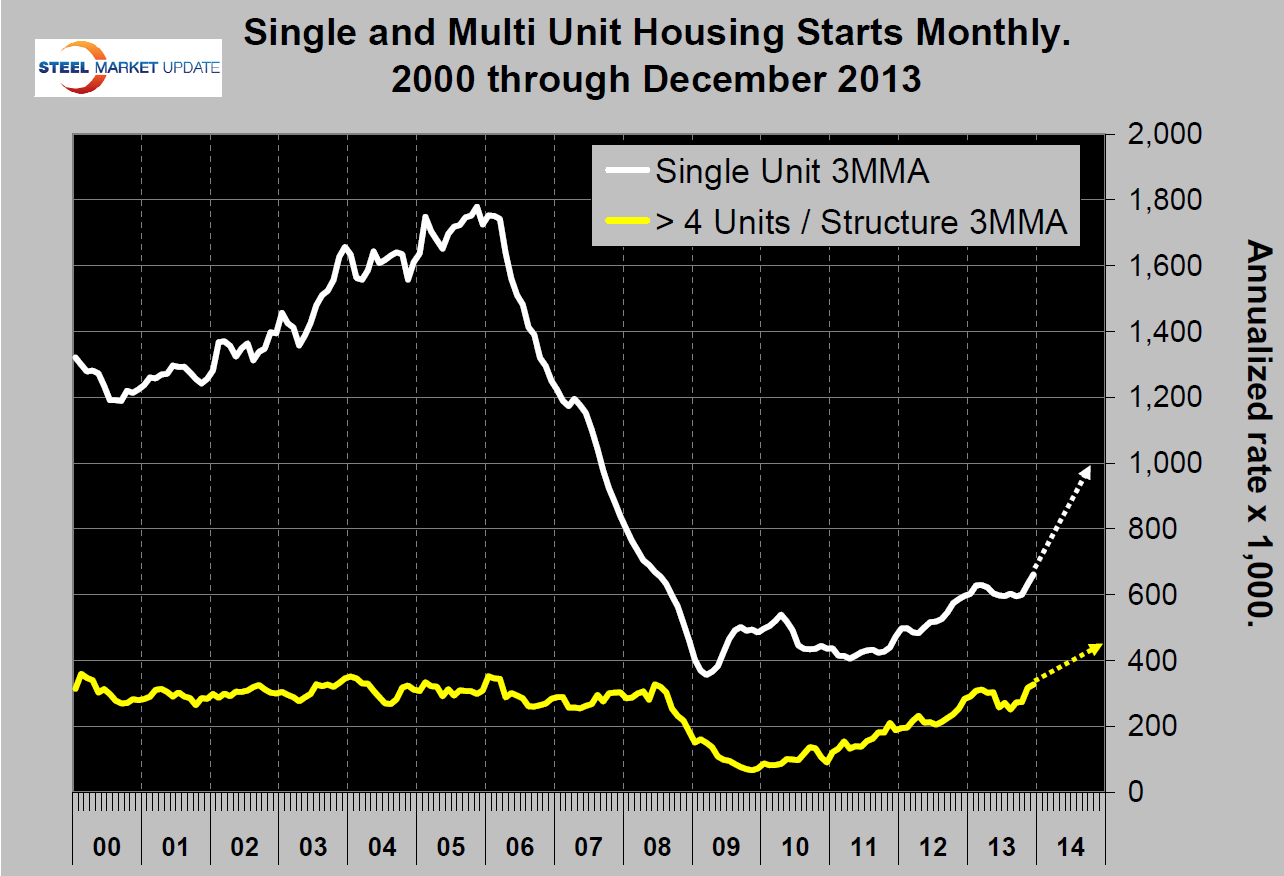 The good news is that the 3MMA of total starts exceeded a million in the Q4 for the first time since the recession. The decline in the y/y growth rates is probably a result of the mortgage shock in the spring when rates rose by about 1 percent. In Q4 the growth trajectory of both single and multi-family returned to their previous levels (Figure 1). At the present rate of increase, single family could reach the one million rate around October next year.
The good news is that the 3MMA of total starts exceeded a million in the Q4 for the first time since the recession. The decline in the y/y growth rates is probably a result of the mortgage shock in the spring when rates rose by about 1 percent. In Q4 the growth trajectory of both single and multi-family returned to their previous levels (Figure 1). At the present rate of increase, single family could reach the one million rate around October next year.
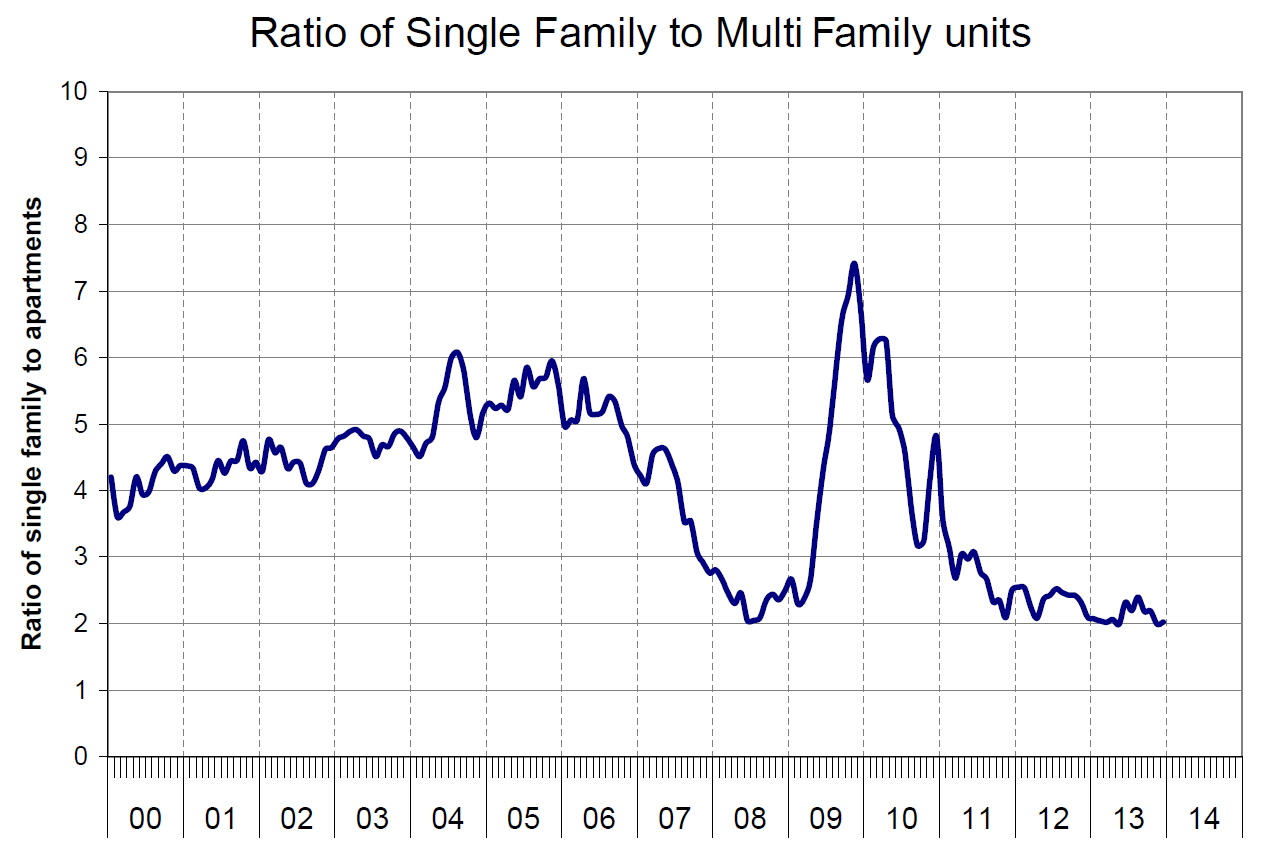 Multi-family has already fully recovered from the recession so future growth will depend on the ratio of single to multi-family construction. Before the recession this ratio ranged between five and six single units to one multi-family unit. Today that ratio is two and showing no sign of reverting to the pre-recession level (Figure 2). The recent surge in starts was driven primarily by the South region and to a lesser extent by the West. The North East is not doing well, the Mid West declined slightly in Q4.
Multi-family has already fully recovered from the recession so future growth will depend on the ratio of single to multi-family construction. Before the recession this ratio ranged between five and six single units to one multi-family unit. Today that ratio is two and showing no sign of reverting to the pre-recession level (Figure 2). The recent surge in starts was driven primarily by the South region and to a lesser extent by the West. The North East is not doing well, the Mid West declined slightly in Q4.
From April through October total permits exceeded total starts every month. In November starts surged past permits then in December they equalized. Basically the history of this ratio bodes well for housing construction as we move into 2014.
The NAHB composite sentiment index has been in the range 56 to 58 since July indicating optimism in the minds of home builders. In December sentiment ranged from 42 in the North East to 71 in the West. Any number below 50 indicates pessimism and vice versa.

Peter Wright
Read more from Peter WrightLatest in Steel Markets
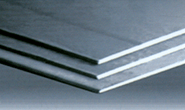
Buyers say plate market rejected last round of mill hikes
Participants in the domestic steel plate market said the plate market never accepted mill-issued spot price increases.

Cliffs touts steel stamping solution to replace aluminum in automotive
Cliffs said it successfully completed a defect-free trial production of exposed steel parts using aluminum-forming equipment in collaboration with an unnamed OEM,
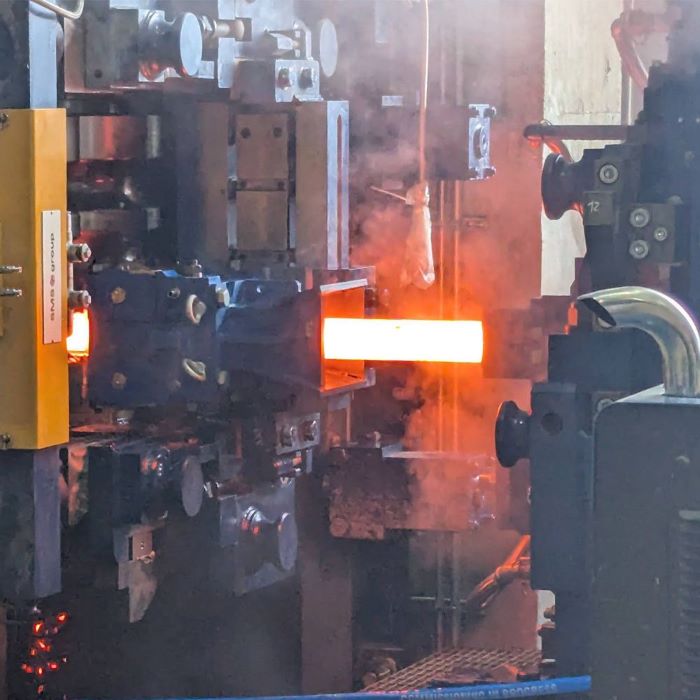
Hot-rolled market anticipates no change despite mill mark-ups
Domestic sheet market participants say recent spot price hikes from NLMK USA and Nucor will do little to shake-up stagnant market conditions. Price increases in the current market On Friday Oct. 24, NLMK customers learned that the producer’s hot- and cold-rolled prices increased $50 per short ton (st) and its coated products were $100/st higher. […]

Market sources say regional activity is dictating plate demand
Demand for plate on the spot market remains soft by comparison to years past. However, this week regional demand variations grew more pronounced.
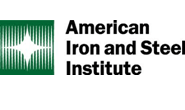
AISI: Raw steel production bounces back
Domestic mill production rebounded last week, according to the latest production figures released by the American Iron and Steel Institute (AISI). Production had been historically strong over the summer months before softening in early October.
